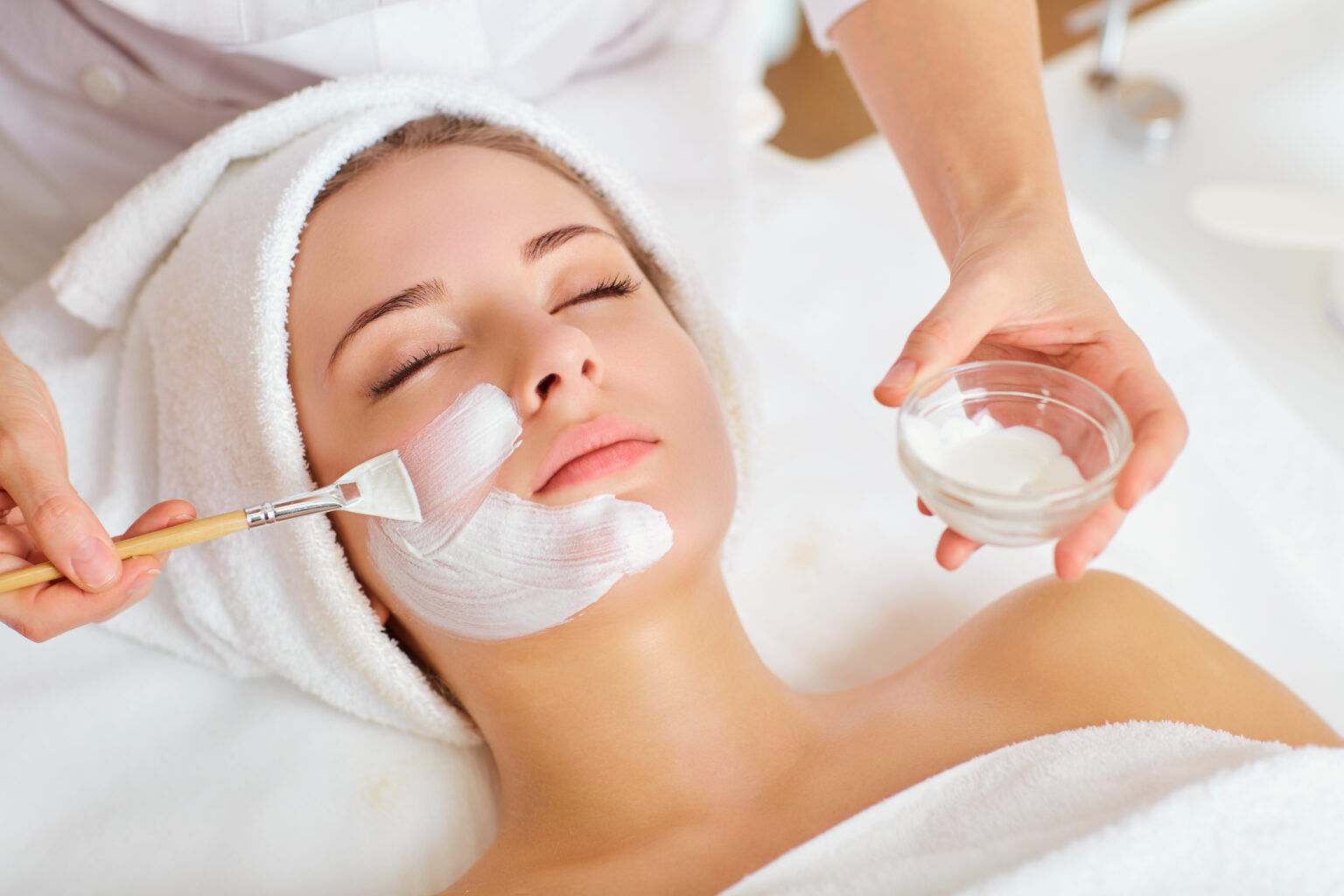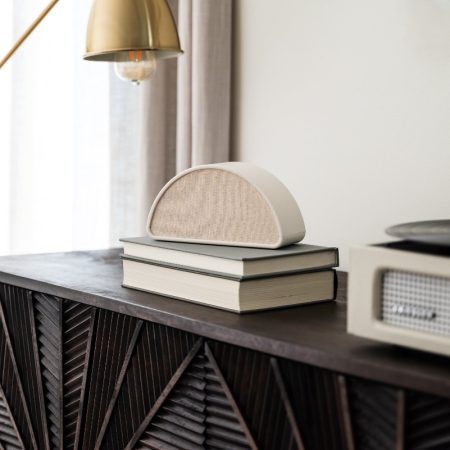Achieving a radiant complexion is a sought-after result of professional facials, with skin appearing noticeably smoother, pores seemingly reduced, and an overall firmer skin texture. These beauty rituals offer more than immediate visible improvements; they provide a deep cleanse and rejuvenation that often can’t be achieved at home.
Incorporating regular facials into one’s skincare routine is becoming as commonplace as scheduled haircuts or massage sessions. With the rise of celebrity endorsements and beauty influencers like Shani Darden guiding the conversation, the debate on the optimal frequency of professional facials continues, highlighting the need to tailor skincare practices to individual needs and lifestyles.
Optimal Frequency of Professional Facials
Professionals recommend scheduling facials every four to six weeks to maintain skin vitality. This timeframe aligns with the natural renewal period of skin cells, typically a twenty-eight-day cycle.
Individuals targeting specific skin issues such as acne, early signs of ageing, or uneven pigmentation may benefit from a condensed regimen. Initially, having treatments every two or three weeks can be advantageous until reaching a satisfactory level of improvement before reverting to the standard schedule for upkeep.
Professionals like Nichelle Temple, an esthetician, advocate for a tailored approach leading up to significant events to ensure the peak condition of one’s complexion. Planning a blend of lifting, exfoliation, and in-depth cleansing with intervals of gentle, stress-relieving care delivers notable outcomes.
Regular facials foster a glowing complexion and encourage setting aside time for personal wellbeing, ensuring a dedicated “me day” for relaxation and self-care.
Facial Treatment Expenditure
When consThe cost can vary whening the frequency of facial treatments within one’s budget, the cosly, prices range from:
- Low-end facials: £45 – £50
- High-end treatments: £180 – £190
Prices exclude VAT and a recommended gratuity of 15-20%. Adjusting the interval between facials may be prudent to align with financial constraints.
At-Home vs Professional Facial Treatments
Professional facial treatments delivered by qualified aestheticians at a spa or clinic offer a level of customisation and efficacy typically above what one can achieve at home. Such therapies might commence with a 60-minute European facial, which generally includes cleansing, applying a mask, steaming, performing extractions, and massaging the skin.
Aestheticians enhance these treatments with the following:
- Deep-cleansing utilising steamers and extraction tools.
- Special devices to help reduce inflammation.
- Advanced massage methods aimed at lifting and depuffing the skin.
They have access to high-grade peels, and exclusive products are chosen to cater to specific skin conditions. These experienced professionals understand a client’s unique skin requirements and employ suitable products and equipment to address those needs accurately.
Furthermore, the opportunity to augment a standard facial with additional treatments is available, including:
- Dermaplaning
- LED therapy
- Microcurrents
- Gua Sha
- Microneedling
- Chemical peels
Such procedures can extend the session by half an hour while providing an array of choices to fit diverse skin types and issues. For those seeking more advanced options, a range of services, such as laser treatments and radio frequency modalities, are also available.
In contrast, at-home skincare typically consists of daily routines using over-the-counter products. While beneficial, they generally do not offer the personalisation, potency, or deep-cleansing capabilities of professional treatments. Manual extractions and targeted treatments performed by a dermatologist or board-certified aesthetician are also out of reach for most at-home skincare regimes. Thus, while home skincare and professional facials have their place, relying on each for their strengths creates an effective skin treatment plan.
Post-Facial Care Guidelines
After receiving a facial treatment, continuing a consistent skincare regimen at home is essential. Daily morning and evening routines should be maintained, interlaced with gentle pampering treatments bi-weekly.
- Morning and Evening Routines: Preserve the benefits of professional care through diligent, twice-a-day skincare, keeping the skin’s health optimal until the next professional visit.
- Mild Exfoliating Treatments: Integrate non-abrasive exfoliating to cast away dead skin cells, promoting a renewed complexion.
- Deep Hydration Face Masks: Utilise deeply nourishing masks that infuse the skin with essential moisture, keeping it soft and plump.
- Leafy Massage and Inflammation Reduction: Take advantage of facial rollers or ice globes to reduce puffiness and stimulate circulation, aiding in lymphatic drainage and diminishing redness.
- Serums and Moisturisers: Apply serums and moisturisers that align with one’s skin type to target specific concerns and maintain hydration, being mindful of post-treatment sensitivity.
- Aftercare Instructions: Adhere strictly to any personalised advice provided post-facial, tailoring one’s at-home care to match professional recommendations.
Between professional sessions, such activities help sustain the effects of facials, minimise inflammation, and uphold hydration while being cautious of the skin’s post-treatment sensitivity. It is pivotal to approach one’s skin health with a steady hand, progressively introducing new rituals without overwhelming the skin with immediate changes.








